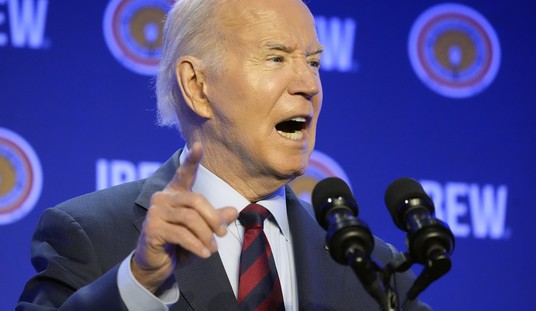Every month, we try to break down the monthly employment report from the BLS and analyze it in plain English. Today’s report of September employment is so bizarre that it’s hard to comprehend, much less give over.
The BLS puts out two surveys: 1)the establishment survey, which shows the growth in non-farm payroll jobs (as well as a breakdown by specific industry), surveys businesses and 2) the household survey, which measures broad census data, such as total number of employment-age population, size of the labor force, the U3 unemployment rate, and total number of employed and unemployed, surveys individual households. It’s always hard to get a precise picture of the employment situation because you need to conflate data from both surveys; however, the surveys usually complement one another in a coherent fashion.
That is not the case with today’s report.
To begin with, we must recognize that we are coasting along near the bottom of the employment nadir – a steep trench that was created by the 2008-2009 recession. Unlike every other recession, including the one in the early 80s, this one was not followed by a steep climb out of the trench. We’re not even creating enough jobs per month to keep up with the population growth, much less recover the millions of jobs lost in the recession.
Yet, despite the fact that we’ve added less than 150k jobs during most months of the recovery, and less than 100k during many of them, the U3 rate has steadily declined. This all made sense because there was an unprecedented shrinkage of the labor force – a symptom of a permanently lethargic economy. Paradoxically, this led to a steady decline in the unemployment rate as the universe of the job market shrunk. It’s not that the BLS was purposely making Obama look better. You just needed to look beyond the U3 number to understand how the unemployment rate dropped.
This brings us to the September jobs report. According to the establishment survey, only 114k non-farm payroll jobs were added last month. That’s well below the 206k increase in the working-age population, according to the household survey. But once again, the U3 rate dropped, this time down to 7.8%. As always, I expected this to be the result of a dramatic shrinkage in labor force participation. Yet, shockingly enough, the labor force actually grew by 418K in September, even more than it shrunk the previous month.
So the labor force shrinks during a month of tepid job growth, and the U3 declines. Now the labor force grows during a month of tepid job growth, yet the U3 rate….still declines!
The culprit? Under the “employed” data point of the household survey, you will find that there was an increase of 873k among the ranks of the employed population! That’s the largest gain since the Reagan years when the economy was growing by 9.3%. We know that the household survey is a different measure of employment with a different methodology than the establishment survey (it’s a smaller survey), but when did we ever have such a divergence between the two surveys?
In September 1984, at this time through the Reagan recover, non-farm payroll increased by 311k, well above the 180k increase in working-age population. The household survey showed an increase of 327k in the employment population, pretty close to the non-farm payroll numbers. It made sense that the U3 rate dropped to 7.3% from 7.5%. Today’s report is just screwy.
Now BLS solves this enigma for us by explaining that the lion’s share of the employment growth comes from part-time jobs:
The number of persons employed part time for economic reasons (sometimes referred to as involuntary part-time workers) rose from 8.0 million in August to 8.6 million in September. These individuals were working part time because their hours had been cut back or because they were unable to find a full-time job.
Now, I have no problem concluding from this report that a surge in people giving up full-time employment in favor of part-time work is endemic of Obama’s sickly economy and the new normal of permanent stagnation. That could still jive with the slow growth in non-farm payroll and 1.3% GDP growth.
However, in order for this to make sense, we would need to see a relatively long-term trend in growth of part-time jobs. How in the world are we experiencing such wild swings from month to month? We had 360k people dropping out of the labor force in August; now we have 418k reentering, despite the steady trend towards a smaller workforce.
Most of all, how do you have a 600k jump in part-time employment in just one month before the beginning of retail season with nobody realizing it until the BLS published today’s report? There are times when you see methodological adjustments or population adjustments in the January report, but it is usually accompanied with a footnote. In order to fully understand the employment situation, we would need to know about any adjustments or at least an explanation of how there was such a precipitous swing towards part-time work in a matter of a few weeks. Most likely, this month’s household survey is just one of those surveys that is a casualty of the margin of error in any sample.
There is no good news in this report from any of the numbers that actually make sense, except for the revisions of the July and August numbers. There is clearly a statistical anomaly here – one that is skewing the numbers counter to the current trend of the economy. But somehow, despite the internal numbers of the household survey and the payroll numbers of the establishment survey, the topline U3 number always seems to decline…..
Pay no attention to that 14.7% U6 broader measure of unemployment!














Join the conversation as a VIP Member